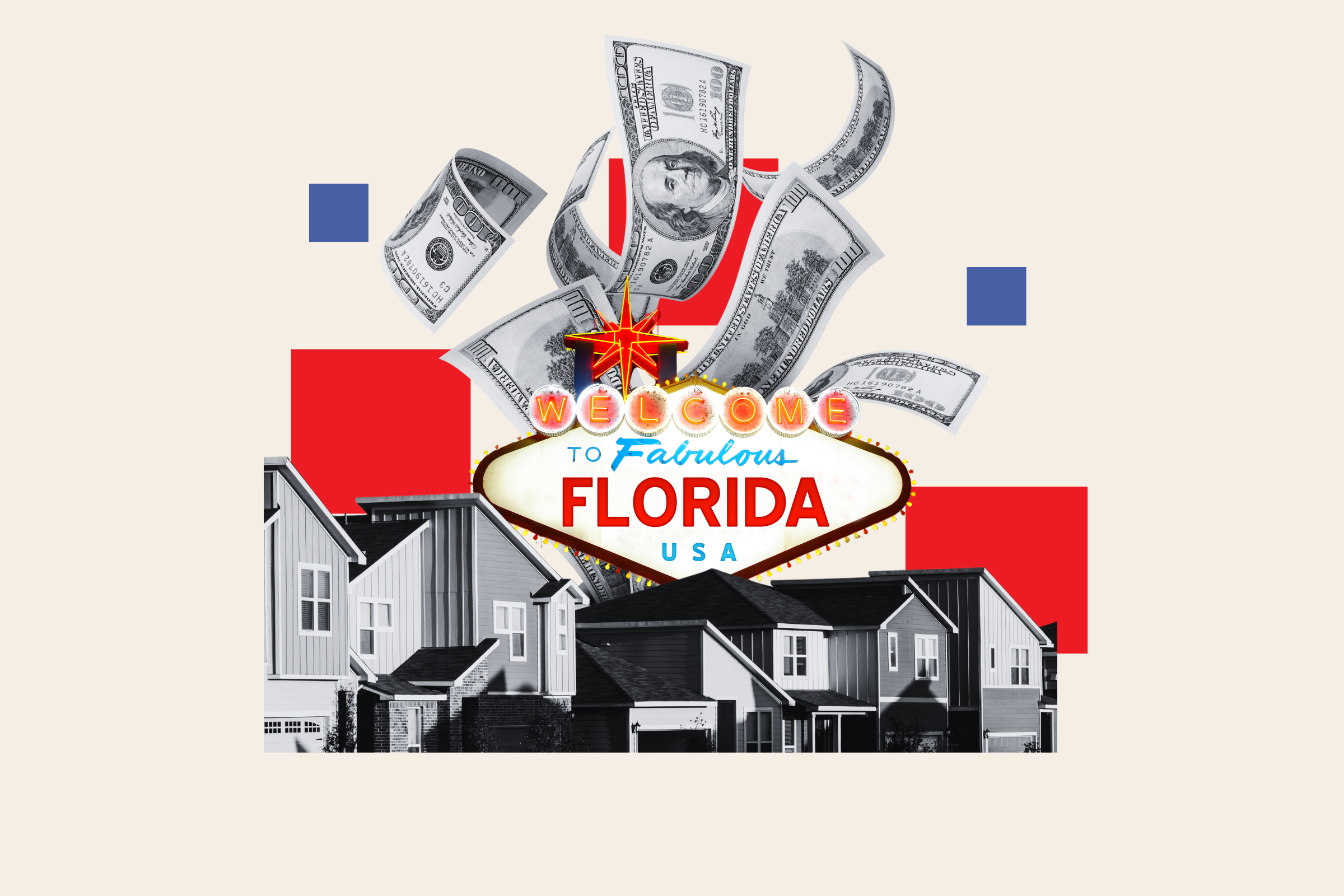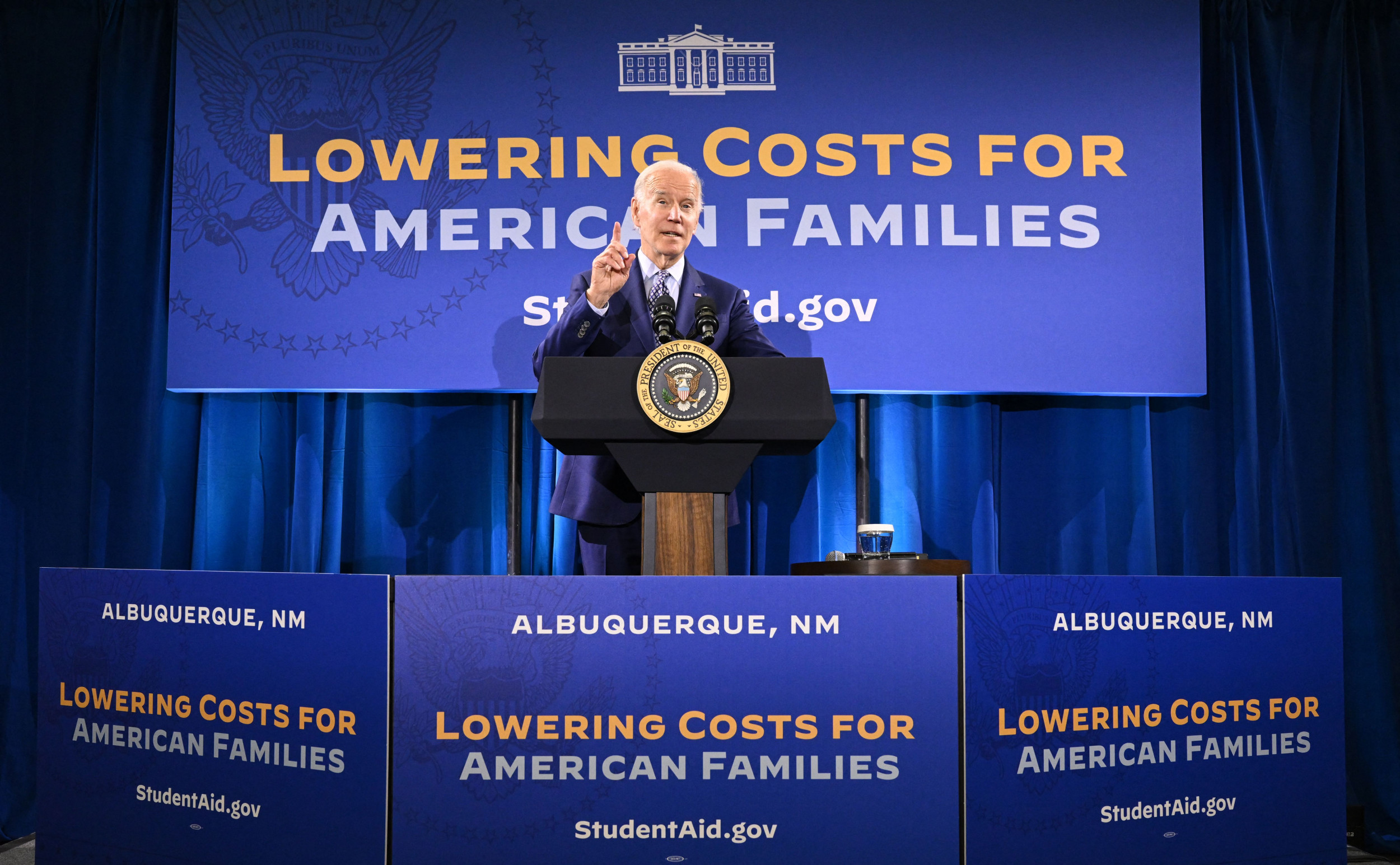A key inflation metric that the Federal Reserve closely watches has fallen to its lowest level since early 2021.
On Thursday, the U.S. Department of Commerce reported that prices rose 2.1 percent in September 2024 from September 2023.
This number is just above the Fed's 2 percent inflation target and in line with numbers from 2018, well before prices began surging in an American economy devastated by the COVID-19 pandemic.
Thursday's reading comes from the personal consumption expenditures (PCE) price index, which reflects changes in the prices of goods and services purchased by U.S. consumers.
Core Prices Remain High From a Year Prior
When food and energy costs—which tend to fluctuate more—are excluded, so-called core prices climbed 2.7 percent last month from September 2023.
Core prices have increased 2.7 percent from the year prior for three months straight.
Fed Expected to Cut Rates Again
In September, the Fed lowered its benchmark interest rate, which was at a 23-year high, by a half-percentage point to between 4.75 and 5 percent.
The Fed raised its benchmark rate, the federal funds rate, 11 times in 2022 and 2023 to curb high inflation, which hit both the United States and countries around the world after the pandemic. September's interest rate cut was the first in four years.
The federal funds rate is the target interest rate at which commercial banks borrow and lend their extra reserves to one another overnight. If the federal funds rate continues to decrease, the cost of consumer borrowing—including mortgages, auto loans and credit cards—should go down over time.
Economists expect the Fed to cut its benchmark rate by a quarter-point when it meets next week.
Hope For a 'Soft Landing'
Gregory Daco, chief economist at the tax and accounting firm EY, said to The Associated Press (AP) of a scenario in which high interest rates curb inflation without causing a recession, "It's essentially the soft landing that many of us dreamed of."
"You really have the best of both worlds, with consumer spending growth remaining resilient and inflation moving within striking distance of the Fed's 2% target."
The economy grew at a 2.8 percent annual rate from July through September, the Commerce Department reported Wednesday. Consumer spending helped drive this healthy economic growth.
Last quarter, consumer spending—which makes up roughly 70 percent of economic activity—increased to a 3.7 percent annual pace, which is up from 2.8 percent in the April to June period.
This article includes reporting from The Associated Press.





















 English (US) ·
English (US) ·